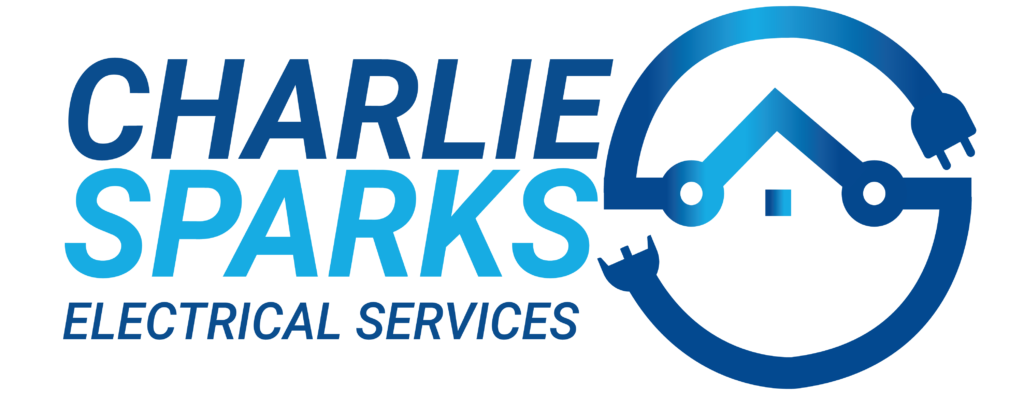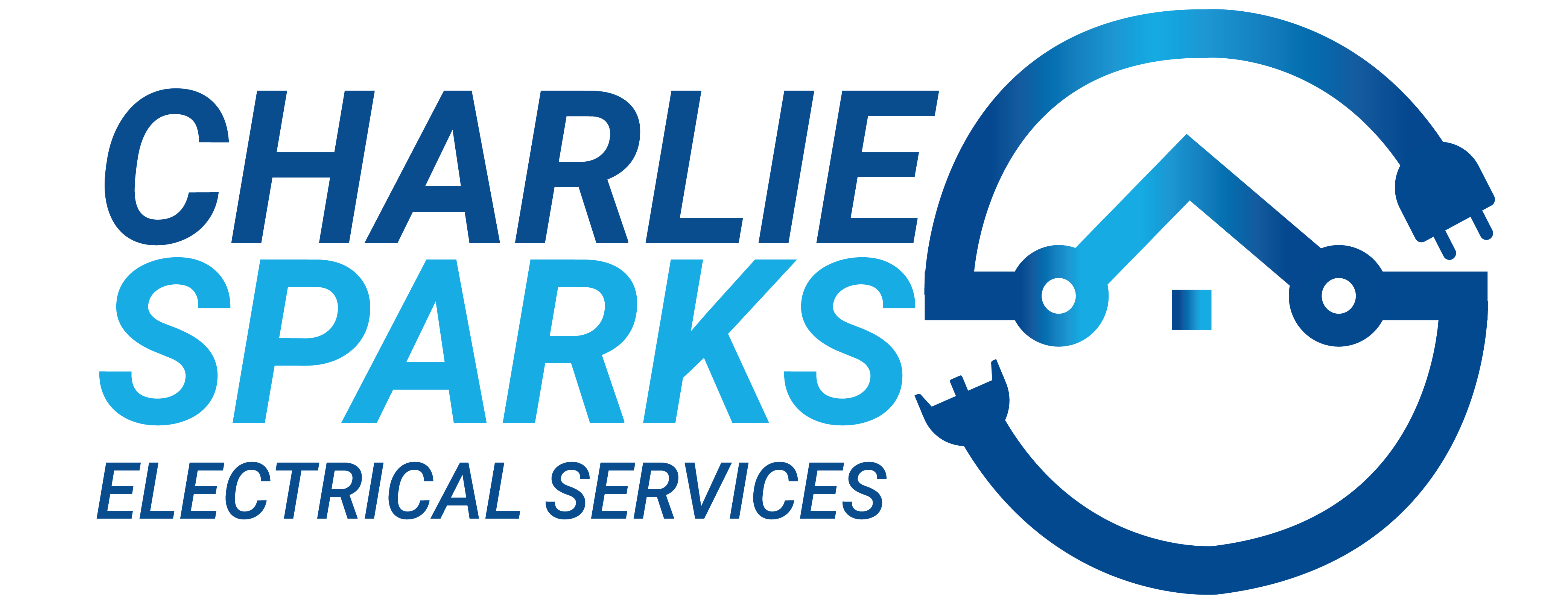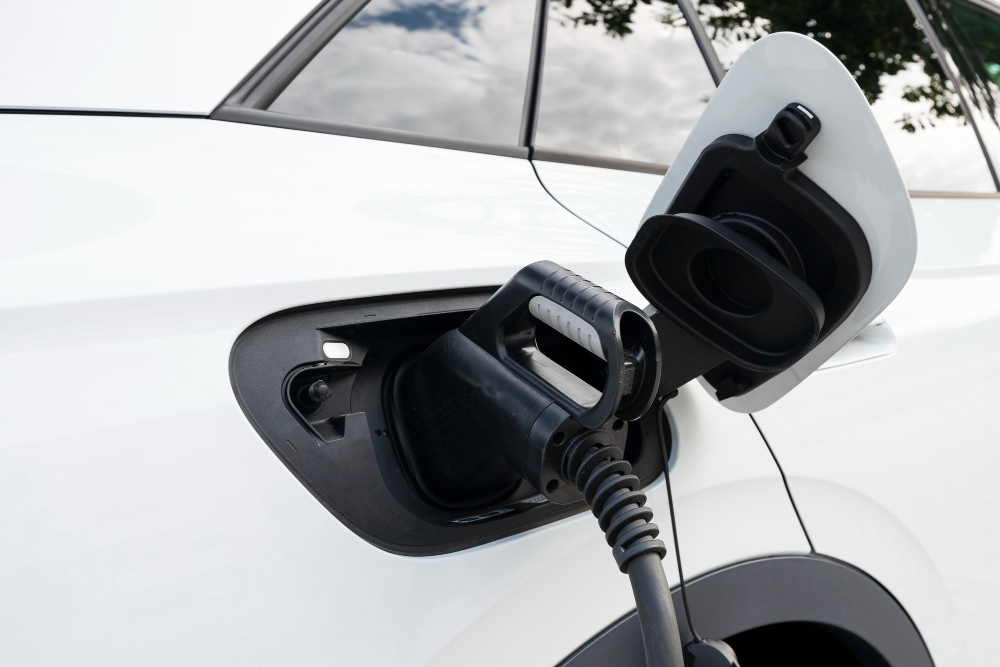You may be here as you have booked a new EV or plan to purchase one soon. And like most electric vehicle owners, you intend to set up a charging unit at your residence.
There is nothing like the convenience of charging the vehicle overnight at home.
What about the EV charger installation requirements in Australia? How can I ensure my house is ready for the charging station? Do I need to upgrade the existing switchboard components or wires and cables? No worries. Here are simplified answers to frequently raised queries.
Getting Your Home Ready for Plug and Play
Does connecting a Level 1 charger to a standard plug result in overheating?
Yes, it does! The current carrying capacity of standard plugs in Australia is merely half of the volume required by most EV home charging units. Thus, the first step is getting in touch with a licensed electrician and booking an appointment for a home inspection.
What’s the need for inspection? Well, it is crucial to ensure your house’s connection to the grid, the existing switchboard, and overall wiring is good enough to support the EV charger. Only an experienced technician can check the capacity and suggest changes.
The electrician will assess the grid connection capacity and check if it fulfills the existing power usage requirement. In case the grid connection capacity is inefficient, the technician will suggest ways to upgrade the same.
Also, your existing switchboard must have additional space for a circuit breaker (with tripping characteristic C) dedicated to the EV charger. The device consists of a circuit that breaks when too much electricity passes through the same. Besides the extra circuit breaker, technicians suggest homeowners install type B RCD in the switchboard.
Remember, if you plan to buy a new home or renovate your existing one, opting for a three-phase power connection from the grid is advisable.
Whether an old house or an apartment building, you can always trust Charlie Sparks for switchboard upgrades and other electrical work in Sydney and surrounding areas. Let’s ensure your home is EV-ready!
Can I Use a Level 1 Charging Cable With a Regular Household Power-Point?
Yes. However, for every ten minutes of charge, you can merely get 2Km of range. Put simply, you might need to keep the vehicle in charging mode for 48 hours for a full charge.
On the other hand, Level 2 chargers can charge your electric vehicle battery within eight to twelve hours. These chargers support around 19.2 kilowatts (kW) per hour of charging. It is crucial to note that charging time varies depending on the battery type.
The Level 1 option is ideal for properties with a single-phase electricity supply. But connecting these chargers to a regular household power-point can result in overheating and other damages.
The best option is to opt for an EVSE or electric vehicle supply equipment charging port.
Are There Any Other Chargers Powerful Than Level 2 Ones?
Yes, there are Level 3 chargers, also known as DC fast chargers. You get roughly around 65 kilometers of range in ten minutes of charge. However, the cost for specific adapters, plugs, and associated installation charges are too high. The price needs to make sense for homeowners. Therefore, only public charging stations have DC fast chargers.
Choosing the Right Cables
Thin cables cannot carry a charging current of 16A and above. So, your electrician will recommend a 5-conductor supply cable for three-phase chargers.
For devices with charging power of 11-22 kW, cables with a cross-section area of at least 2.5 mm2 are essential.
Consider the Charger Location
Homeowners prefer a carport or garage as the ideal location for chargers.
Most societies and housing associations have shared car parking spots. If you have a rented place, your landlord or property management company may allow you to install a charging point near the vehicle parking spot.
Ensure you have chosen the location and obtained all the necessary permissions before approaching a licensed electrician for an inspection.
EV Charging Costs $0 With Solar Power System
Studies suggest more than 60 percent of EV owners have solar power systems installed at their residences or offices. In most cases, vehicles are charged during the middle of the day. So, the electricity cost remains $0.
Charging the vehicle during off-peak hours (midnight) is affordable for homes on time of use tariffs. Yes, during off-peak hours, the electricity prices in most parts of Australia remain below $0.20c/kWh.




